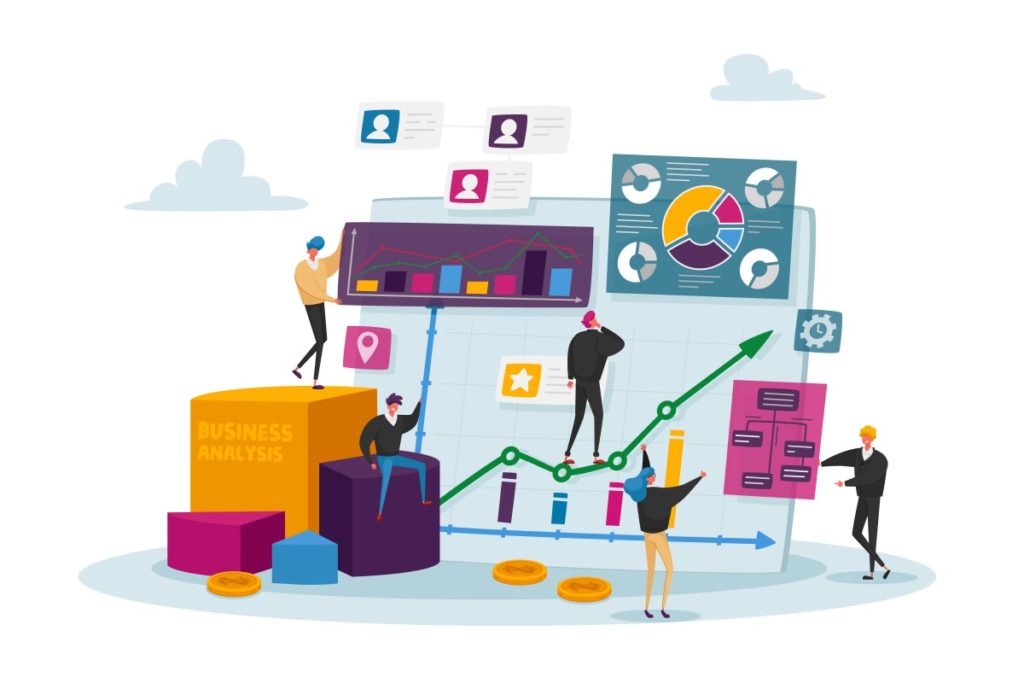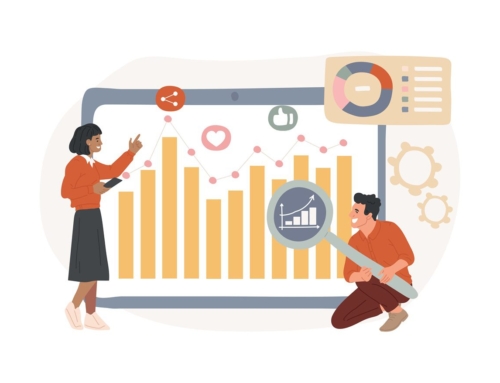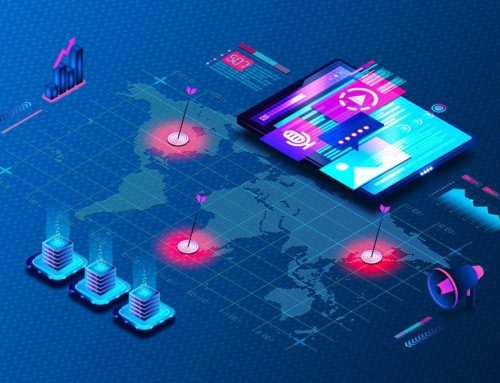Staying up to date on the latest trends in the fast evolving B2B space will help you gain competitive advantage.

B2B buyers are more sophisticated and savvy than ever. Long gone are the days when buyers relied on salespeople to tell them about products and features. The modern B2B buyer has access to volumes of information whenever they want it. And they don’t just want to be able to research and buy online. They want to have the same digital shopping experience in their professional lives as in their personal lives as consumers.
For B2B owners and marketers, this means establishing an e-commerce presence and selling online is just the beginning. Merchants must adopt robust B2C marketing strategies. This includes putting the customer first by creating highly personalized outreach and ensuring a seamless online customer experience, automating business processes and investing in adaptable IT infrastructure.
Postmedia has compiled a list of critical B2B e-commerce trends that will help you gain competitive advantage.
Six B2B e-commerce trends
Invest in self-serve shopping
More B2B buyers and buying groups are opting for self-service shopping. Research from Forrester shows that for every 15 self-directed shopping interactions there are 12 human interactions. At the same time, McKinsey reports that 71 per cent of B2B buyers are willing to spend more than $50,000 in a seller-free buying experience.
To make sure they are delivering the kind of service their current and future customers want, B2B brands are investing in technology to facilitate remote/self-directed buying. This includes tools such as AI chatbots that can provide real time answers to customer queries and customer relationship management systems that can capture and analyze the data from digital interactions such as conversations with chatbots to provide an improved and more personalized customer experience. They are integrating existing systems to optimize remote buying.
Implement a hybrid sales model
Leading B2B companies are embracing an omnichannel sales model, prioritizing remote/self-directed sales while still offering the ability for buyers to connect with a human salesperson. In-person engagement is still important, particularly for larger customers with complex needs. In addition to providing remote and in-person experiences, it’s important to align and unify the digital channels and use data to streamline and improve the sales process and drive performance.
Tip: Offer bulk and automated re-ordering and subscription revenue models to self-service buyers looking for speed and convenience. Provide consulting, customization, support and other value-added services to set your product apart and meet the needs of clients who want a higher touch buying experience.
Adopt a customer-centric mindset
In the B2B world, retaining customers and converting them into loyal brand ambassadors is critical to growth. Elevate the customer experience by enhancing every touchpoint they have with your e-commerce and digital assets, products and people. The best way to do this is to take the time to understand who your customers are, their pain points and their buying journey – awareness, consideration and decision. Think about your marketing strategy as a way of helping customers move through each stage of the journey. Then build a buyer persona for your ideal customer.
A buyer persona is a fictionalized version of your target shoppers based on research. It describes who they are, what they want, their challenges, their interests and how they make decisions. Use these buyer personas to personalize your outreach – something that customers demand in today’s market.
Fast fact: 66 per cent of customers expect companies to understand their needs and expectations.
Offer customized products, pricing, shipping and payment terms on your e-commerce site that will best serve different customer buyer groups.
Automate and integrate business processes
A third of B2B companies report that a key focus area for their e-commerce strategy is identifying opportunities to streamline and automate their business processes, according to a study by Digital Commerce 360. Everything is up for consideration — from how they approach selling, ordering, inventory management and distribution/logistics to optimizing their e-commerce site to drive traffic, improve navigation and reduce bounce rates to aligning marketing efforts across sales channels. B2B companies are taking a holistic look at their processes and working to integrate e-commerce technologies into broader business systems.
Build a scalable IT infrastructure
One of the most effective ways to do this is by investing in headless, application programming interface (API)-supported e-commerce tools. These solutions allow B2B companies to further optimize their business processes by seamlessly integrating the most flexible and cutting-edge front-end applications – facilitating everything from content management to order fulfillment – without having to reconfigure or build additional backend infrastructure. As your business grows and traffic increases, these technologies will ensure your systems can handle increased demands without negatively impacting the user experience.
Join a B2B marketplace
According to Digital Commerce 360, B2B e-commerce is increasingly becoming mainstream and marketplaces are emerging as its fastest growing sales channel. Amazon Business alone is on track to account for up to US$83 billion or about 10 per cent of all U.S. B2B e-commerce sales by 2025 – up from 1.9 per cent in 2021. In the past, many B2B companies avoided joining a marketplace because they were worried about decreased margins and channel disruption. These fears have subsided, and businesses now see that marketplaces can be an important driver for growth. However, marketplaces aren’t a good fit for every B2B brand and business.
B2B companies are playing catch-up to their consumer counterparts when it comes to embracing digital shopping. While many have made the move to e-commerce, now it’s time to ensure you are investing in the tools that will deliver the customer experience your clients want.

